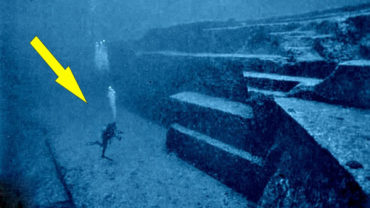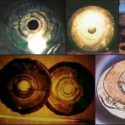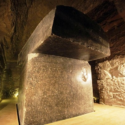Archaeologists Stunned As 2,000-Year-Old Skull Bound By Metal Evidence Of Ancient Surgery
When archaeologists uncovered a 2,000year-old skull bound with metal evidence of ancient surgery, they were taken aback. Archaeologists have been startled by the 2,000year-old skull of a Peruvian warrior bound with metal, which is one of the earliest pieces of evidence of ancient surgery.
The metal-fused elongated skull is currently on exhibit at the SKELETONS: Museum of Osteology in Oklahoma, United States. The find has been characterized as one of the museum’s “most fascinating” artifacts.
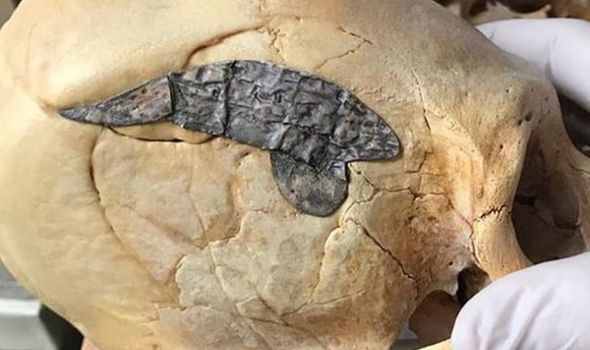 The skull is considered to be that of a Peruvian warrior who died in a fight about 200 years ago. Peruvian surgeons are supposed to have conducted a remarkable surgery on the warrior’s skull after he returned from combat gravely damaged.
The skull is considered to be that of a Peruvian warrior who died in a fight about 200 years ago. Peruvian surgeons are supposed to have conducted a remarkable surgery on the warrior’s skull after he returned from combat gravely damaged.
According to the museum’s Facebook page, the elongation of the structure was “achieved through head binding beginning at a very young age.”
This was a practice that was used to show social standing.
Ancient Peruvian physicians are supposed to have implanted a piece of metal to mend the cracked skull. According to the exhibition, the substance was “not poured as molten metal,” and the plate was “used to help bind the damaged bones.”
The specific composition of the alloy is unknown.
The museum noted, “The substance utilized was not poured as molten metal.”
“We have no notion what the makeup of the alloy is.”
The plate was used to keep the shattered bones together.
“While we can’t say for certain whether anesthetic was used, we do know that there were various herbal treatments for surgical procedures available at the time.”
Experts believe that the technique on the skull proves that ancient peoples were capable of executing intricate surgical and medical procedures.
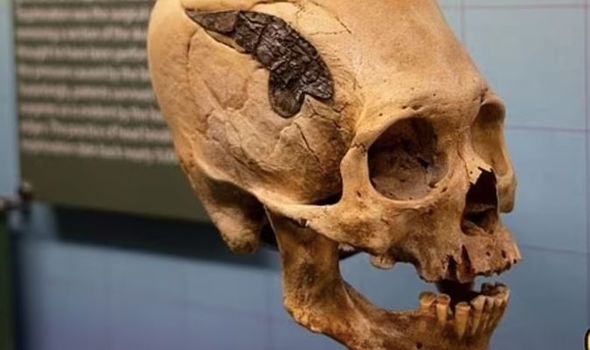 The museum noted, “We don’t have a lot of backstory on this item, but we do know he survived the treatment.”
The museum noted, “We don’t have a lot of backstory on this item, but we do know he survived the treatment.”
“Based on the shattered bone surrounding the restoration, you can see that it’s strongly fused.”
“The operation went nicely.”
For a long period, the skull has been in the museum’s collection. Following a surge of public interest, the object was eventually put on exhibit in 2020.
A SKELETONS: Museum of Osteology spokesman told the Daily Star, “Traditionally, silver and gold were utilized for this type of surgery.”
The surgeons who invented a series of difficult methods to heal a shattered skull are well-known in the Peruvian region where the skull was located.
The type of head damage exhibited here was pretty prevalent at the time.
Due to the employment of projectiles in battle, such as slingshots, this is the case.
Furthermore, enlarged skulls were frequent.

